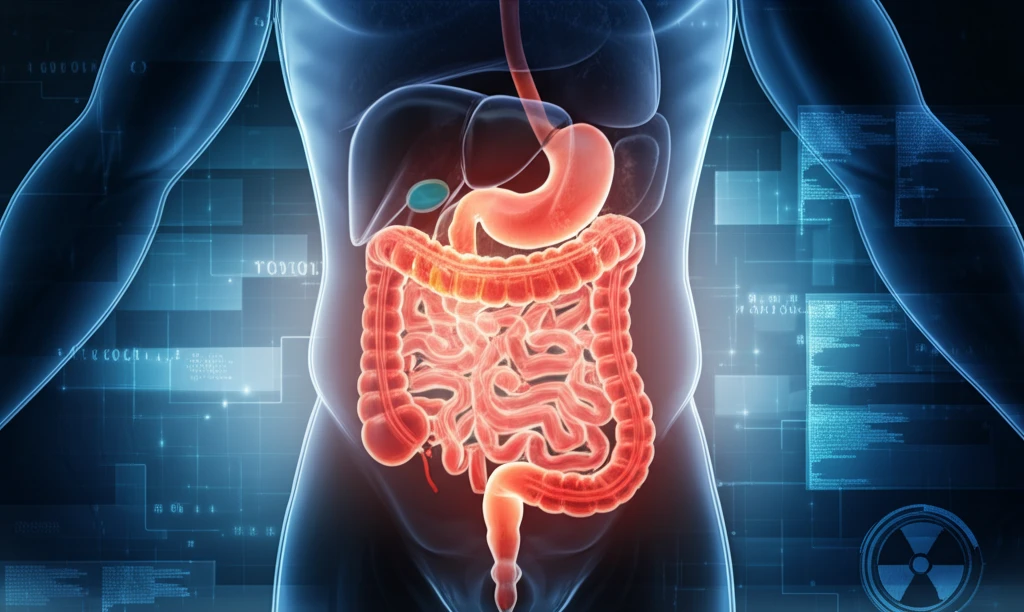
Gut Check: Unlocking the Secrets of Your Digestive System Through Nuclear Medicine
"From swallowing studies to liver function, discover how nuclear medicine provides crucial insights into gastrointestinal health and helps doctors diagnose and treat complex digestive disorders."
Ever wonder how doctors get a detailed look inside your digestive system without invasive procedures? The answer lies in nuclear medicine, a specialized field that uses small amounts of radioactive materials to diagnose and treat a variety of diseases. In the realm of gastrointestinal (GI) health, nuclear medicine offers unique insights that traditional imaging techniques often can't provide.
Nuclear medicine procedures are like having tiny spies that travel through your body, emitting signals that can be detected by special cameras. These signals help doctors visualize the function of different organs and identify abnormalities that might be causing you discomfort or illness. Think of it as a high-tech way to see what's really going on beneath the surface.
This article will explore the various applications of nuclear medicine in gastroenterology. We'll delve into the specific tests used to evaluate different parts of your digestive system, from your esophagus to your liver, and explain how these tests can help your doctor pinpoint the source of your problems and develop an effective treatment plan.
A Deep Dive into Nuclear Medicine Techniques for GI Health

Nuclear medicine offers a range of diagnostic tools tailored to different parts of the digestive system. Here's a closer look at some of the key procedures:
- Early detection of salivary gland dysfunction.
- Non-invasive assessment of gland function.
- Helps differentiate between different salivary gland disorders.
Empowering Your Digestive Health Journey
Nuclear medicine has revolutionized the way we understand and manage gastrointestinal disorders. By providing detailed functional information, these techniques enable doctors to make more accurate diagnoses and develop personalized treatment plans. If you're experiencing digestive issues, talk to your doctor about whether nuclear medicine might be right for you. Remember, knowledge is power, and understanding your digestive system is the first step towards a healthier, happier you.
